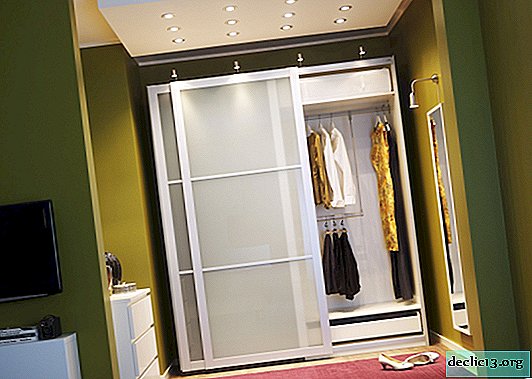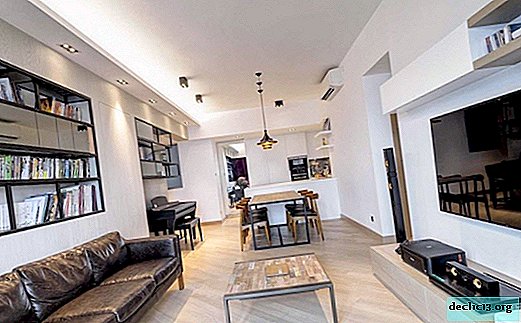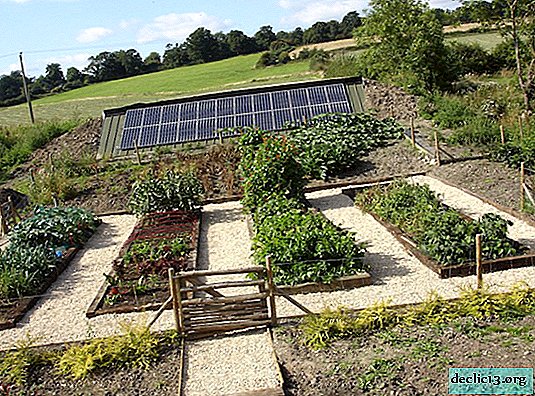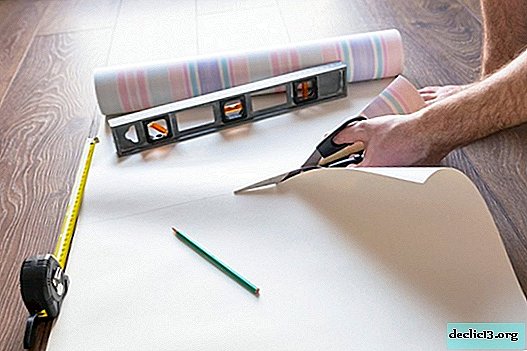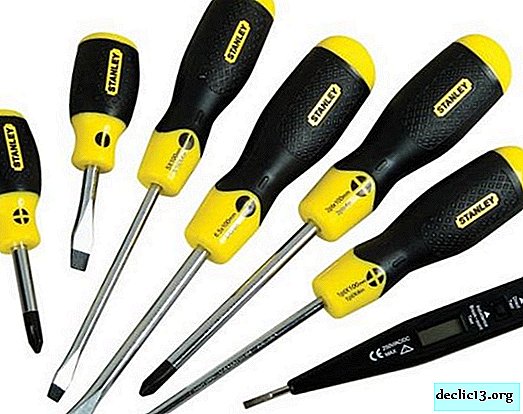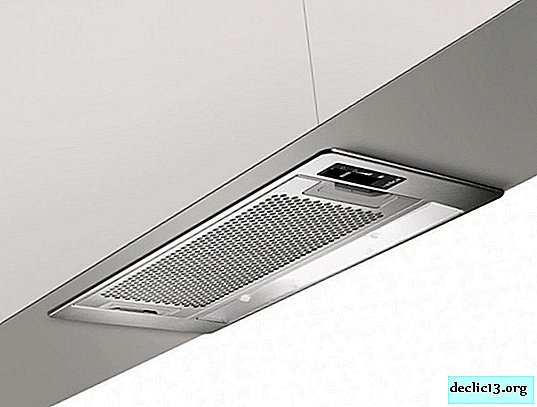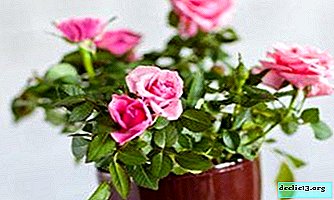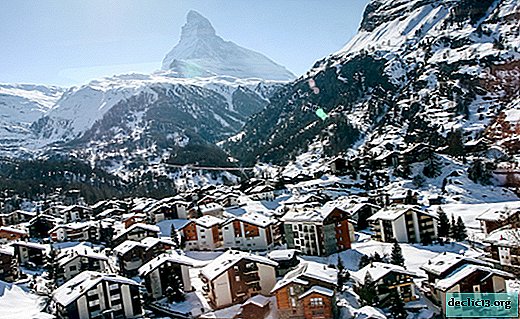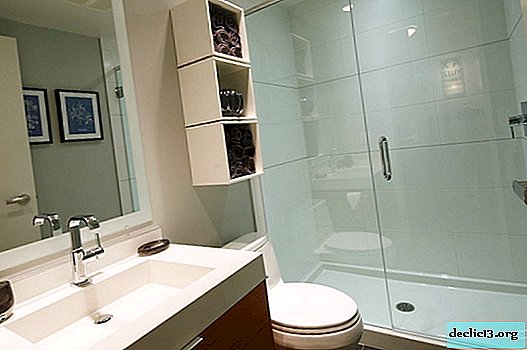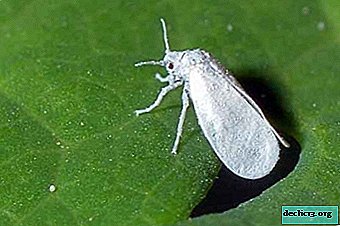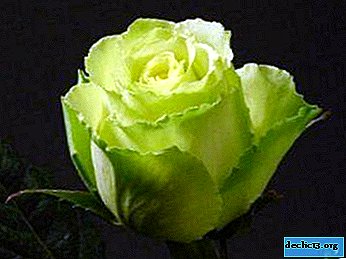Refined and demanding gardenia: home care rules
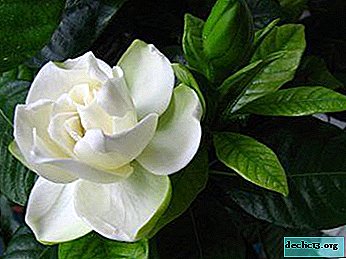
Gardenia is an exquisite plant that conquers hearts with lush flowering. Inflorescences exude a delicate aroma with a subtle touch of jasmine.
In the old days, an evergreen shrub was considered a favorite of the aristocratic public, it was even nicknamed “a flower in a buttonhole”. Over time, interest in gardenia gradually faded.
But now the popularization of the exotic beauty is gaining momentum, gardenia is undergoing a rebirth.
From the article you will learn what exactly is required for its successful cultivation, read the understandable instructions for pruning and transplanting the plant (all the necessary steps are given step by step, even a beginner grower will cope) and you can see beautiful photos of this flower.
How to care?
If gardenia appeared on the home windowsill, care should be constant and attentive. The plant is quite demanding on growing conditions. At the slightest change in the situation or the content parameters, he reacts sharply.
After the purchase
The newly acquired gardenia should not be disturbed. She needs time to recover from the stress associated with transportation, a change of location.
The adaptation period usually lasts 2-3 weeks, no more. Perhaps in the store bought a flowering plant, then it is important to give the gardenia to bloom. However, not everything happens smoothly. It often happens that upon arrival home Gardenia drops buds.
Thus, she reacts to a change of residence, transportation, moving. After 3 weeks or at the end of flowering, the exotic beauty should be transplanted. The transplant is connected with the fact that the soil in which it was sold has almost no useful substances.
IMPORTANT! Without changing the soil, the flower will soon begin to wither and turn yellow due to a lack of nutrients.Lighting
 Gardenia certainly prefers light, so it would be nice to put it in a bright place. But on contact with the scorching sun, burns occur on the leaves.
Gardenia certainly prefers light, so it would be nice to put it in a bright place. But on contact with the scorching sun, burns occur on the leaves.
On hot days, the bright sun needs to be shaded. The best option would be window sills on the west or east side.
In the cold season, the southern window is suitable. Gardenia does not accept movement, especially during budding. This is fraught with dropping buds.
Temperature
Indoor gardenia is a heat-loving plant that does not accept cold and drafts. Comfortable indoor air parameters in summer: + 22-24 ° С, in winter: + 18-20 ° С. These parameters are especially important during the flowering period. Room temperature should match the temperature of the soil. Therefore, do not place the flower pot on stone window sills or next to heating appliances.
Humidity
Exotic beauty hails from a tropical climate where it is hot and humid. Exactly humidity, for the plant plays a key role. Without this parameter, hoping for lush bloom is pointless, because it is the presence of moisture in the air that contributes to the formation and development of flower ovaries. Even being in the budding stage, it will easily drop future flowers or will be deformed by dry air in the room. You will find out what to do if your exotic pet does not bloom here.
REFERENCE! It is recommended to spray the leaves daily with warm water. In the summer season 3-4 times a day, in the autumn-winter period, 1 time is enough.To increase the humidity in the room you need:
- put a tray with wet sand or expanded clay;
- to place an aquarium or fountain nearby;
- use a household humidifier;
- spray water from a spray bottle.
Watering
Jasmine gardenia has a wayward character when it comes to watering. The water balance varies depending on the season and the life cycle of the plant. Compliance with this condition makes indoor exotics a capricious and demanding flower.
 The soil in the pot should be slightly moist, but not wet.
The soil in the pot should be slightly moist, but not wet.- It is necessary to moisten the soil in the summer 1-2 times a week, to look at the soil condition. When the top layer is dry, water should be watered.
- Do not allow complete drying of the earth in the pot.
- In winter, it is enough to moisturize once every 7-10 days.
- When watering, you need to add lemon juice, thus acidifying the soil. 4-5 drops of juice are added to 1 liter of water. Instead of juice, you can take citric acid.
- In acidified water, you can also add copper sulfate 0.5 g per 1 liter, to prevent iron deficiency.
- After moisturizing, after 15 minutes, drain the water from the pan, which is placed under the flower pot.
- During flowering, gardenia needs more fluid.
- Use only soft filtered water for irrigation, without impurities and salts.
- The temperature of the liquid should be 30-40 ° C.
The soil
Gardenia prefers acidic soil, and does not tolerate lime at all. The optimal composition of the soil mixture should be as close as possible to the natural habitat.If the soil does not suit it, indoor exotics will grow poorly, the flowering period will be postponed indefinitely, and if it blooms, then the inflorescences will be small and inconspicuous. Even careful care will not be able to compensate for the inappropriate composition of the soil. An ideal gardenia soil should have the following characteristics:
- friability;
- ease;
- environmental friendliness;
- air and water permeability;
- rich in minerals;
- well drained.
Among ready-made soil mixtures, the following are best suited:
- soil for azaleas;
- universal soil mixture for flowering plants.
 For independent cooking, you will need the following components:
For independent cooking, you will need the following components:
- deciduous land;
- soddy soil;
- coniferous land;
- peat;
- coarse sand.
These main components are taken in equal parts. To improve the quality of the earthen mixture, it is worth adding perlite or vermiculite.
Fertilizers
Indoor gardenia needs to be fed continuously from March to the end of August. In early spring, active growth begins, the flower needs additional nutrition, and in the autumn-winter period fertilizers can not be used.
- Fertilize the flower 2 times a month.
- The concentration should be 2 times weaker than indicated in the instructions, in order not to overfeed the plant.
- As nutrients, liquid complex fertilizers for flowering are used.
- The composition should not include mineral - calcium. Indoor beauty reacts quite sharply to the presence of this substance, slows down growth, does not bloom.
You can read about how to choose the right soil, fertilizers and garden pot in this article.
Transfer
The transplant process is an important and always exciting stage in the life of a plant. It should be approached seriously, perform actions carefully. Because gardenia has a rather fragile root system. Of course, before transplanting, you need to purchase or prepare yourself a high-quality substrate, as well as pick up a reliable pot.
What kind of pot is needed?
As the material for the flowerpot, it is preferable to choose ceramic or plastic. These are more convenient and high-quality materials. Attention should also be paid to the presence of drainage holes. If they are not, then do it. Flower capacity should not be too deep and large.
TIP! It is recommended to take a new flowerpot 2-3 cm more than the previous one.Instruction manual
Jasmine gardenia, like most plants, does not tolerate a transplant. This process should be performed once every 2-3 years, as the root system grows. Young individuals should be transplanted annually. The process of soil renewal is usually performed in early spring, always after flowering.
- Water the soil well and allow time to stand for easier extraction of exotics from the tank.
- Then take out the plant.
- At the bottom of a new pot, put expanded clay granules with a layer of about 4-5 cm.
- Pour a piece of land over the drainage.
- Put a flower in a pot with a lump of soil.
- Sprinkle on the sides and top with a fresh substrate.
- Moisturize. You can add a couple drops of Kornevin or Epin to the water to stimulate root growth.
You can learn more about gardenia transplants in this video:
Photo of indoor flower
Check out the photo of what this exotic plant looks like:




Problems and diseases
For non-professionals, caring for a plant is a rather difficult task. Indeed, if the available parameters do not meet the required parameters, a number of gardenia health problems arise.
So:
- the appearance of dry foliage is a sign of an improperly transplanted, unsuitable soil, the irrigation system is broken;
- falling buds indicates a hypothermia of the flower, excess moisture, moving the pot during flowering, low humidity;
- the appearance of former spots on the leaves indicates the development of the disease chlorosis;
- if the leaves turn black and fall off, it means there is a problem with the roots, a gulf is possible, also dry air in the room, lack of nutrients, infection with a spider mite;
- if the leaves turn yellow - this is evidence of a low temperature in the room, lack of fluid, improperly selected soil, irrigation with hard water.
In more detail about the problems with leaflets we wrote in this article, and what diseases and pests can cause your pet trouble, you will find out here.
Pruning
To stimulate growth and long flowering, it is important to prune the plant. This procedure is carried out after the flowering stage, namely in the fall. First of all, sick, damaged, underdeveloped processes are removed, this will add to the flower of strength.
During the growing season, pinch the lateral processes, thus, the bush looks more luxuriant and neat.
ATTENTION! After plucking the gardenia will bloom more densely, and so that healthy cuttings do not disappear, they can be used as planting material.Useful video
A video about gardenia care at home can be seen here:
Conclusion
Indeed, jasmine gardenia requires increased attention. But this does not mean at all that it does not need to be bred at home. Even an inexperienced, but purposeful grower can cope with it. It is important that before buying, get acquainted with the rules for care, and create the necessary parameters in the room. And in the future, simply support them and comply with the above recommendations.

 The soil in the pot should be slightly moist, but not wet.
The soil in the pot should be slightly moist, but not wet.